Light therapy

Photosensitizers and Their Applications
Photosensitizers activated by a specific wavelength of light produce cytotoxic species to destroy cancerous, precancerous cells, bacteria, fungi, and viruses. Today, several photosensitizer drugs are available to treat various diseases, including acne, psoriasis, age-related macular degeneration, and several cancers such as skin, lung, brain, bladder, pancreas, bile duct, esophagus, and head and neck cancers. Custom light sources or prototypes are available for specific treatments.
The mechanism of action involves the absorption of light by the photosensitizer, which then undergoes a transition to an excited state. This energy transfer results in the generation of reactive oxygen species (ROS) that can induce cell death through various pathways, including apoptosis, necrosis, and autophagy. The selectivity of this treatment comes from the targeted delivery of the photosensitizer and the precise application of light, minimizing damage to surrounding healthy tissues.
Recent advancements in photosensitizer research have led to the development of second and third-generation drugs with improved efficacy, reduced side effects, and better tissue penetration. These advancements have expanded the potential applications of photodynamic therapy (PDT) beyond oncology, including antimicrobial treatments for resistant bacterial infections and therapies for dermatological conditions. Ongoing research aims to further enhance the specificity and efficiency of photosensitizers, making PDT a versatile and powerful tool in modern medicine.

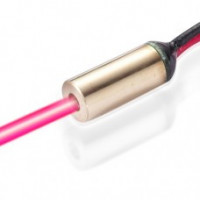
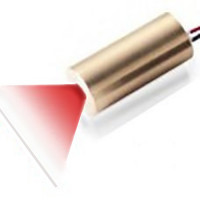
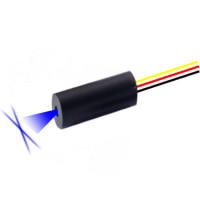



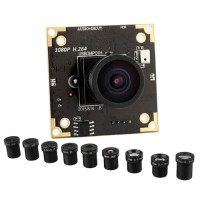


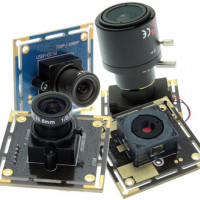
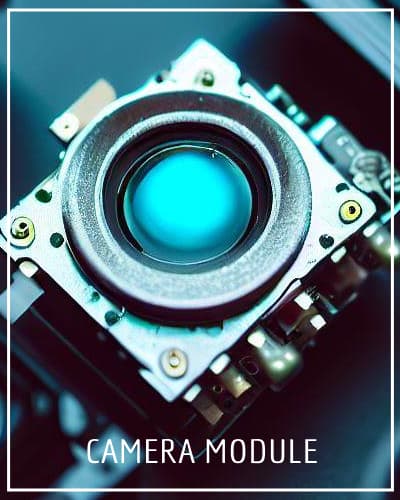

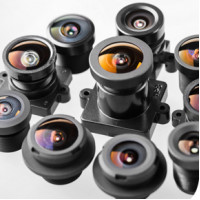


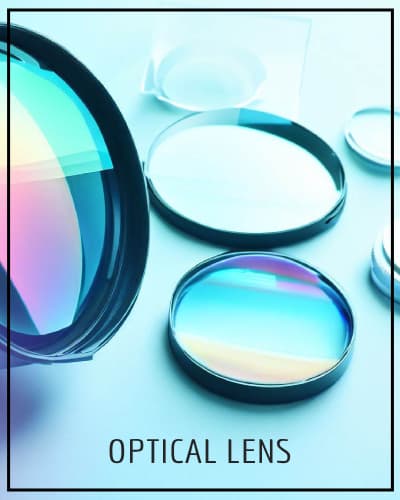










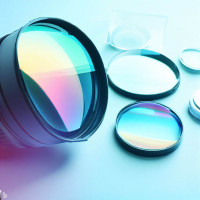











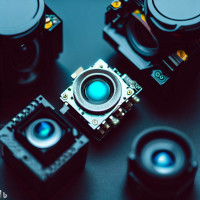




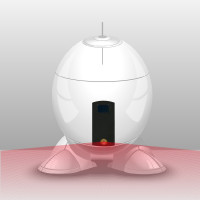



Leave a Comment